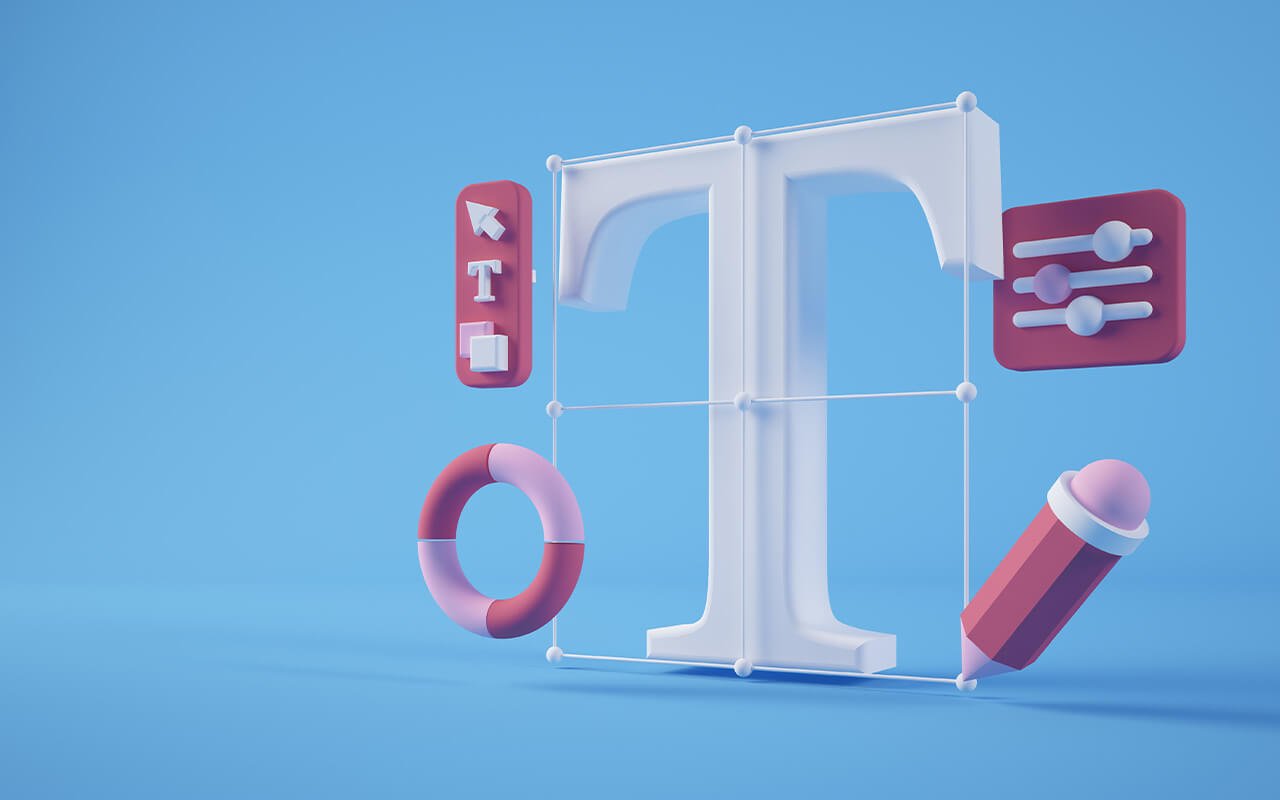Typography plays a crucial role in web design, and with the power of CSS, you can take your text to the next level. In this guide, we’ll explore 20 unique CSS tips and tricks for typography that will help you create stunning and engaging text styles for your websites. Whether you’re a beginner or an experienced web designer, these techniques can add a touch of creativity to your projects.
1. Utilize Google Fonts
Google Fonts provides an extensive collection of web fonts that you can easily integrate into your projects. Start by selecting a font from Google Fonts, then add the following CSS code to your stylesheet:
/* Replace 'YourFont' with the selected Google Font name */
font-family: 'YourFont', sans-serif;
2. Custom Web Fonts
For a truly unique typographic style, you can create or use custom web fonts. Websites like Font Squirrel can assist in converting fonts for web use.
/* Replace 'YourFont' with your custom font's path */
@font-face {
font-family: 'YourFont';
src: url('yourfont.woff2') format('woff2');
}
3. Experiment with Variable Fonts
Variable fonts offer dynamic control over font properties like weight and width. They are a great way to achieve versatility in typography. You can use variable fonts like this:
/* Define variable font with weight and width axes */
font-variation-settings: 'wght' 500, 'wdth' 100;
4. Add Text Shadows
Text shadows can create depth and improve readability. Experiment with shadow colors and blur to achieve the desired effect.
/* Add a shadow to text */
text-shadow: 2px 2px 4px rgba(0, 0, 0, 0.5);
5. Apply Gradient Text
Gradient colors can add a modern and eye-catching element to your typography. Use CSS to create gradient text effects:
/* Apply gradient to text */
background: linear-gradient(45deg, #FFD700, #FF1493);
-webkit-background-clip: text;
color: transparent;
6. Try Text-Stroke
Text-stroke allows you to add a border around your text, creating a bold and unique look for your typography:
/* Add a stroke to text */
-webkit-text-stroke: 2px #000;
7. Transform and Rotate
CSS properties like transform and rotate can be used to change the orientation and position of your text, making it more dynamic and engaging:
/* Rotate text */
transform: rotate(15deg);
8. Letter Spacing and Line Height
Adjusting letter spacing and line height can have a significant impact on the readability and visual appeal of your text:
/* Set letter spacing and line height */
letter-spacing: 2px;
line-height: 1.5;
9. Text Overflow and Ellipsis
When dealing with limited space, you can truncate long text with an ellipsis using the text-overflow property:
/* Truncate text with ellipsis */
white-space: nowrap;
overflow: hidden;
text-overflow: ellipsis;
10. Create 3D Text Effects
You can use CSS properties to give your text a three-dimensional appearance:
/* Apply 3D text effect */
text-transform: uppercase;
font-weight: bold;
text-shadow: 2px 2px 0 #3498db, 4px 4px 0 #f39c12;
11. Animated Text
CSS animations can bring your text to life. Here’s how to create a simple text animation:
/* Animate text */
@keyframes bounce {
0%, 20%, 50%, 80%, 100% {
transform: translateY(0);
}
40% {
transform: translateY(-30px);
}
60% {
transform: translateY(-15px);
}
}
/* Apply the animation to text */
animation: bounce 2s infinite;
12. Text Background Effects
You can add background effects to your text to make it visually appealing:
/* Add a background effect to text */
background: linear-gradient(45deg, #3498db, #f39c12);
-webkit-background-clip: text;
color: transparent;
13. Multiple Text Shadows
Experiment with multiple text shadows to create intricate text effects:
/* Apply multiple text shadows */
text-shadow: 1px 1px 1px #3498db, 2px 2px 1px #f39c12, 3px 3px 1px #e74c3c;
14. Custom Underlines
Customizing underlines can add a unique touch to your links:
/* Customize underlines */
text-decoration: underline;
text-decoration-color: #3498db;
text-decoration-thickness: 2px;
15. Letter Rotation
Rotating individual letters can create artistic and playful text styles:
/* Rotate letters individually */
display: inline-block;
transform: rotate(-5deg);
16. Adjust Opacity
Modifying text opacity can add an elegant touch to your typography:
/* Adjust text opacity */
color: rgba(52, 152, 219, 0.7);
17. Blend Mode Text
Blend modes can be applied to text to create unique color effects:
/* Apply blend mode to text */
mix-blend-mode: screen;
18. Highlight Text
Highlighting text can draw attention to specific content:
/* Highlight text */
background-color: #f39c12;
color: #fff;
19. Responsive Typography
Ensure your typography scales appropriately on different screen sizes using responsive CSS:
/* Responsive typography */
@media screen and (max-width: 600px) {
font-size: 14px;
}
20. Font Smoothing
Improve the readability of your text by applying font smoothing:
/* Font smoothing for better readability */
-webkit-font-smoothing: antialiased;
-moz-osx-font-smoothing: grayscale;
These 20 CSS tips and tricks for typography provide you with a toolkit to enhance the visual appeal and functionality of text on your website. Experiment with these techniques to create unique and captivating typography styles that will leave a lasting impression on your site visitors.
Disclaimer: Before implementing these CSS tips and tricks, be sure to test and adapt them to suit your specific design and branding requirements. Some effects may work best in certain contexts, so consider the overall user experience when using these techniques.
Reference Websites
